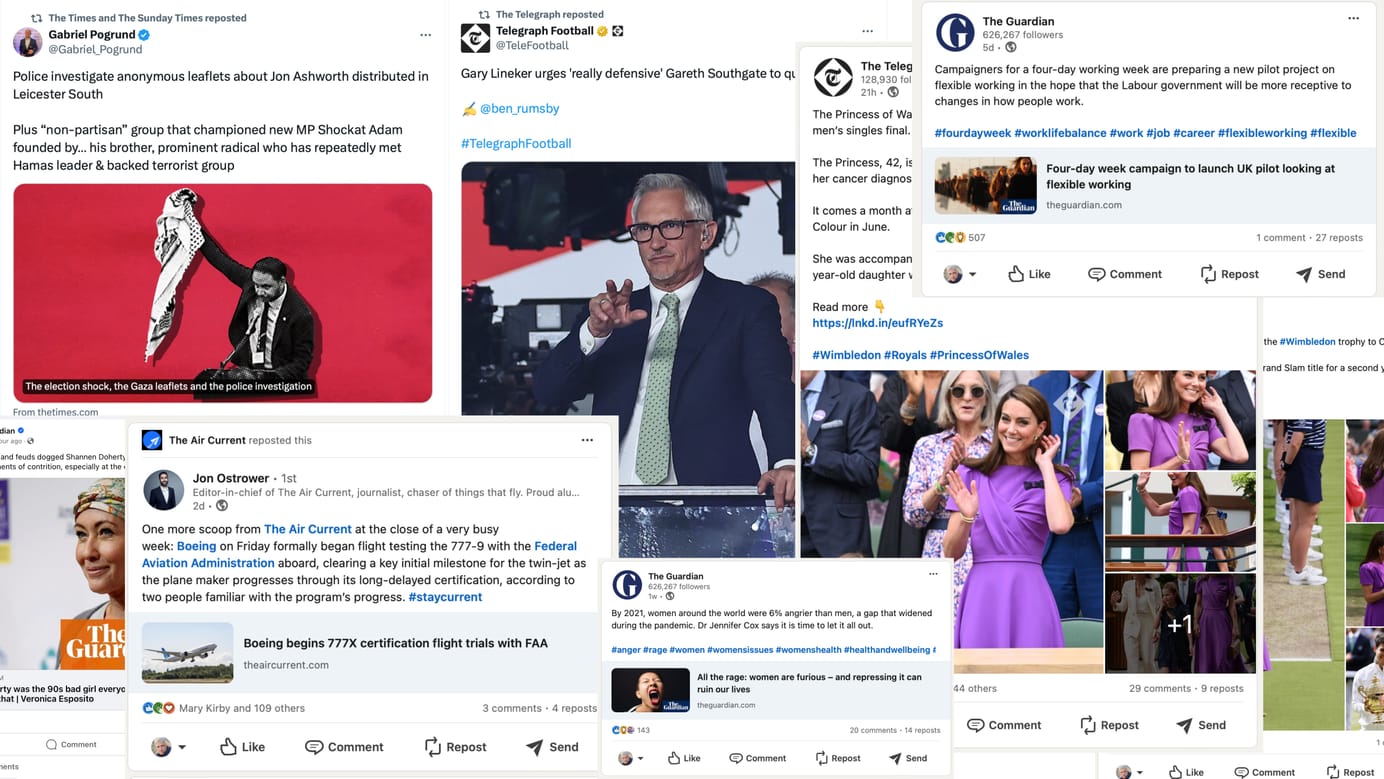#media140 : Dataeconomy: Open Data
(Live-blogging – prone to error, omission and typos…)

Rufus Pollock from Open Knowledge Foundation
Wouldn’t it be nice to know where our money goes when we pay taxes?
You need lots of stuff – government spending (local and regional), region codes, company data… Much of it locked up or in difficult formats like PDF…
We need raw data and we want it now…
Open = freedom to use, re-use, redistribute – but it must be non-personal. More and more businesses are being built on data (cough Reed Business Information**cough) Data is non-rivalrous – if I give you a copy of my data, I haven’t lost access to it (like my shoes or car). Information systems are the most complex systems we’ve ever built – and how do we deal with complexity? We break it down into bits. But if those bits are closed, it’s very hard to put it all back together again.
Why open? Other people may come up with the best ideas of how to use the data – and we move towards a read-write society, where we no longer just passively consume information. Too much information is now locked up in closed systems like Google and Facebook? How do we change from that? How do we build an ecosystem around that outside these walled gardens?
Lots of back-end work needed…

Simon Rogers – The Guardian Datastore
Inspired by James Cameron – not the Avatar one – he was all about telling human stories and making things real, and Florence Nightingale, who made visualisations of troop casualties as well as nursing…
Guardian busy collecting and using data for journalism – why not share that? Lead to the setting up of the data blog. No longer journalists labouring in isolation, but others can pitch in and do things with the data.
Showing a bunch of examples – MPs Travel Expenses, the expenses crowd-sourcing – one person did 29k pages! Interest rapidly declined after first day. Sometimes too much data can swamp the story. Coins Data Explorer – built both for journalists and others to use.
Then he showed us an Excel spreadsheet of Afghanistan data, and showed how it could be used via a pivot table to feed a visualisation. It’s probably quite straightforward, if you have the first clue about Excel, which I don’t. 🙂
Oh, and if you really want to get attention – do a Doctor Who visualisation…
Sign up for e-mail updates
Join the newsletter to receive the latest posts in your inbox.










